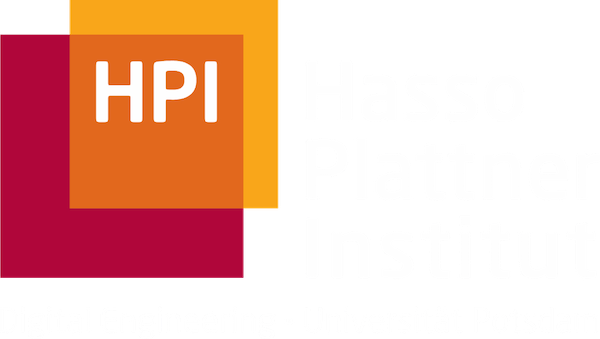

A knowledge graph stores information about the world in a rich network structure. Well-known examples include Google's Knowledge Graph, Amazon Product Knowledge Graph, Wikidata, and WordNet along with its extensions such as the Universal Wordnet.
Knowledge graphs are among the most intuitive ways of capturing knowledge. All knowledge is modelled as entities (e.g., people, cities, concepts) that are connected via various kinds of relations.

In the past decade, knowledge graphs have grown from niche academic endeavours to becoming crucial assets for many IT companies, used e.g. by Google's Web Search engine and Apple's Siri.
They allow us to connect data from disparate sources and bring all of it into a consistent format that can then easily be processed and queried using readily available tools.
A 130+ page tutorial introducing many different aspects of knowledge graphs is now freely available online. It covers basic fundamentals, graph data models, knowledge modelling, reasoning, knowledge graph creation and enrichment, quality assessment, knowledge graph publishing, as well as prominent examples of knowledge graphs.
We also have an Examples Repository for a more hands-on introduction of how to write queries for knowledge graphs.
Knowledge Graphs BibTeX
Aidan Hogan, Eva Blomqvist, Michael Cochez, Claudia d'Amato, Gerard de Melo, Claudio Gutierrez, José Emilio Labra Gayo, Sabrina Kirrane, Sebastian Neumaier, Axel Polleres, Roberto Navigli, Axel-Cyrille Ngonga Ngomo, Sabbir M. Rashid, Anisa Rula, Lukas Schmelzeisen, Juan Sequeda, Steffen Staab, Antoine Zimmermann (2020)
ArXiv 2003.02320, 2020.

A recent trend has been to create multimodal knowledge graphs that also incorporate images, video, and other multimodal data.
There have also been explorations of modeling not just standard factual knowledge but also commonsense knowledge in such knowledge graphs.
Finally, a notable trend has been to explore deep learning and representation learning techniques for recommendation, as described below.
Knowledge graphs can be plugged into modern deep learning algorithms that learn neural vector representations of entities and are able to predict new relationships.

They can also be used with modern deep reinforcement learning algorithms to find paths in the knowledge graph. This, for instance, can be used to recommend products to people using an Explainable AI approach, by finding paths from people to relevant products that can be recommended to them.
CAFE: Coarse-to-Fine Neural Symbolic Reasoning for Explainable Recommendation BibTeX arXiv Presentation Video
Yikun Xian, Zuohui Fu, Handong Zhao, Yingqiang Ge, Xu Chen, Qiaoying Huang, Shijie Geng, Zhou Qin, Gerard de Melo, S. Muthukrishnan, Yongfeng Zhang (2020)
In: Proc. CIKM 2020. ACM.
Acceptance rate: 21%
Reinforcement Learning over Knowledge Graphs for Explainable Dialogue Intent Mining BibTeX
Kai Yang, Kong Xinyu, Yafang Wang, Jie Zhang, Gerard de Melo (2020)
IEEE Access 8, 2020, p. 85348–85358. IEEE.
Impact factor: 4.098 (2018 JCR)